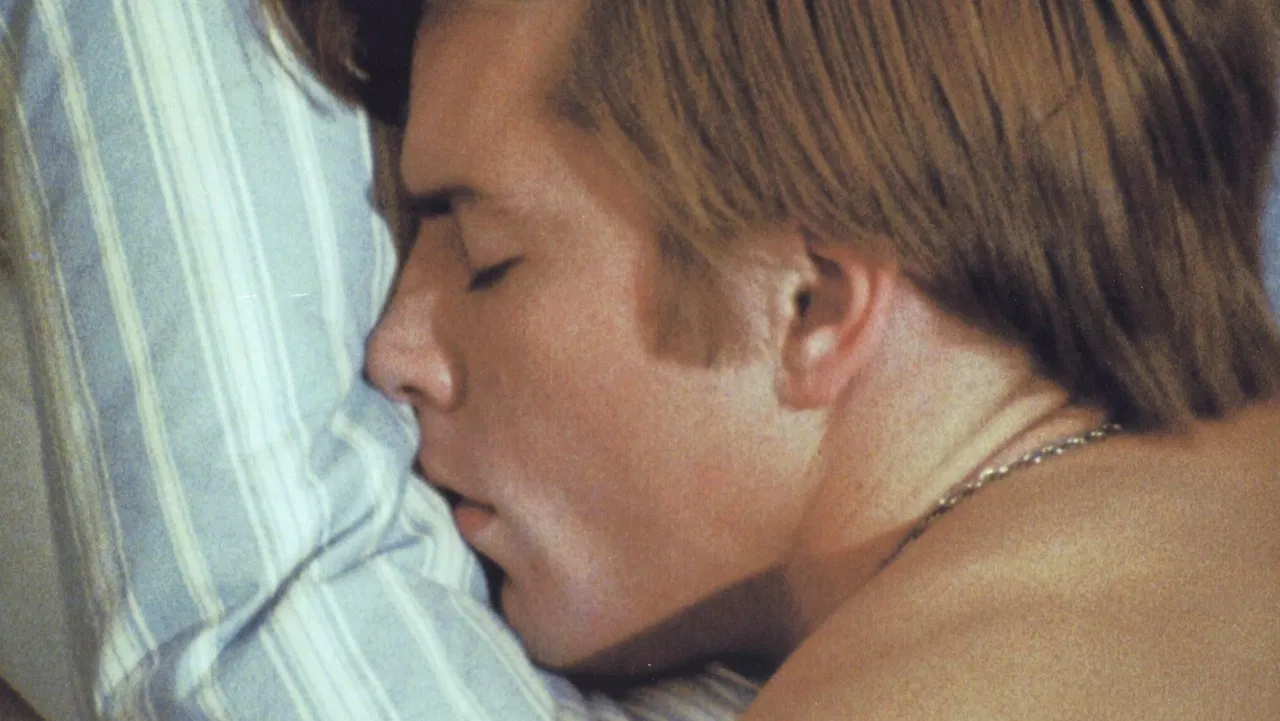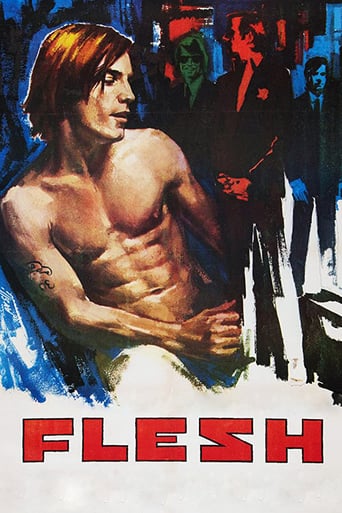

59/100. This is really like a home movie documentary, obviously an extremely low budget film, poorly made with awful editing and photography, but it does have a certain fascination about it, perhaps because it seems so real and natural. The acting is hard to judge because it's like watching real people, it is almost like a voyeuristic look into the life of one man and the people he encounters. It is amazing this was filmed in 1968. I am sure there was nothing else like it back then and it would be considered a racy even by today's standards. This is the first movie of a total of three that Paul Morrissey did in collaboration with Andy Warhol.
... View MoreIn a lot of ways this film defines the essence of everything I love about cinema, in terms of capturing those strange, elusive moments of unguarded truth. In other ways, it is undeniably an amateurish, unfocused result of junkies self-indulgently fooling around with a camera. Ultimately it comes out somewhere between pure brilliance and unwatchability (thankfully much more so the former than the latter). Part of me wants to reward it solely for it's absolute innovativeness and moments of pure sublimity, but at the same time I can't completely ignore the occasionally downright awful "acting" and overtly bad production values. At first the editing seems overwhelmingly sloppy and needlessly distracting (or maybe just wrongheadedly "innovative"), but after a while I got used to it, which is, in the end, the true sign of whether a film succeeds on it's own terms or not. I guess that answer basically sums up my all-around feelings for the film. That is, despite it's in-ignorable flaws, on a whole it does work very well. And, if nothing else, a film like this really shows how false and contrived the faux-documentary, shaky-cam style can sometimes be when it so obviously applied purely for effect (such as in films like the otherwise admirable Roger Dodger). Here the aesthetics are plainly derived from the necessities of the filming situation, and are not just used arbitrarily to make it look "cool".
... View MoreTechnically abominable (with audible "pops" between scenes)and awesomely amateurish, "Flesh" requires a lot of patience to sit through and will probably turn off most viewers; but the dialogue rings amazingly true and Joe Dallesandro, who exposes his body in almost every scene, also gives an utterly convincing performance. A curio, to be sure, but the more polished "Trash", made two years later, is a definite step forward. I suggest you watch that instead. (*1/2)
... View MoreFlesh is the first film of a trilogy by Paul Morrissey and Andy Warhol, and is perhaps the first attempt to create an icon of desire out of a male leading role. Although the film is focused on an uncomplicated character development of Joe (Joe Dallesandro), a gentle and subtly unhappy hustler, it depicts him as a passive and ambivalent object, who, in spite of a semi-evident sense of self-control, is possessed, shaped, and evaluated entirely by others. Joe is a young and somewhat naive Adonis who exudes comfort and beauty in his independence, but he works the streets to support his lesbian wife and her girlfriend. He is restlessly bored by an artist/customer's speeches on Greek athletic sculpture and 'body worship', but he sells his nudity anyway. He regards the increasing advances of his homosexual friend with ambivalence, but lets them happen nonetheless. This passivity dominates the film and succeeds in creating a visceral element to Dallesandro's appeal: not only is he desired, he is had.Perhaps the film's most interesting element is the balance of its obviously experimental nature with its palpable directness. The snappy editing and fragmented dialogue make it fresh and 'real', yet it manages not to rely on the clichéd abstractness of art-films. It is rough, and indeed a weaker effort than Trash or Heat, but nonetheless presents a collection of perfectly plausible characters in a light of almost absolute neutrality.
... View More